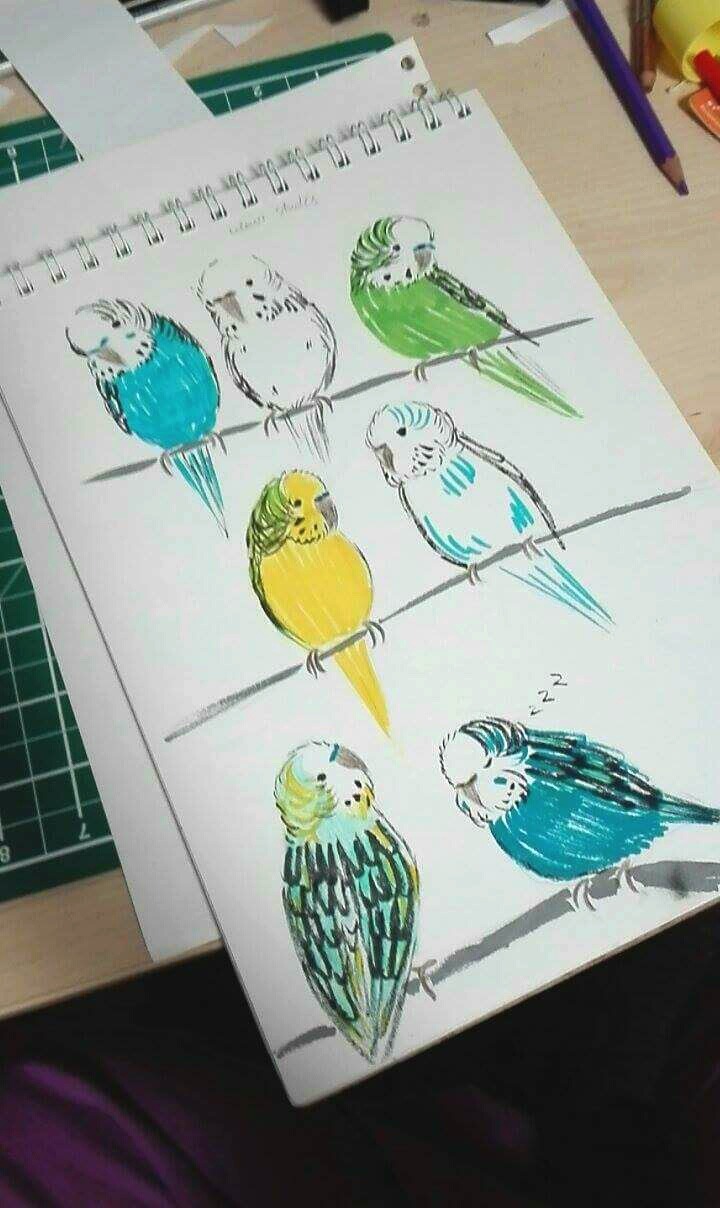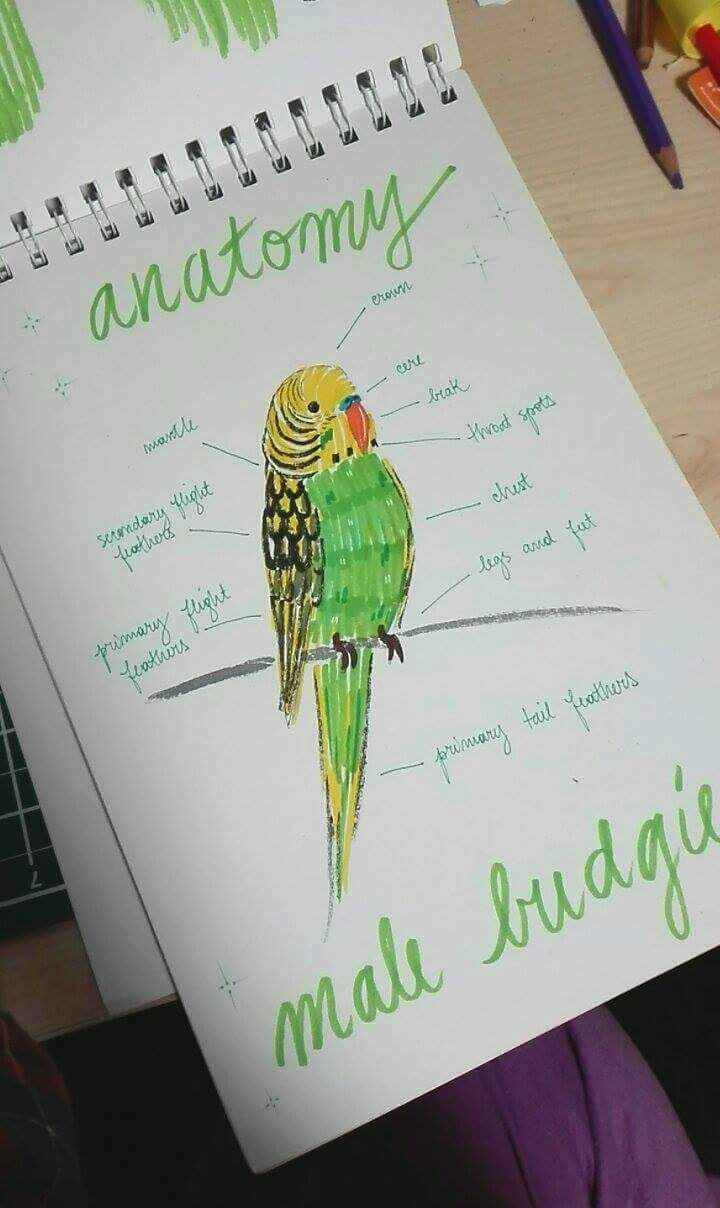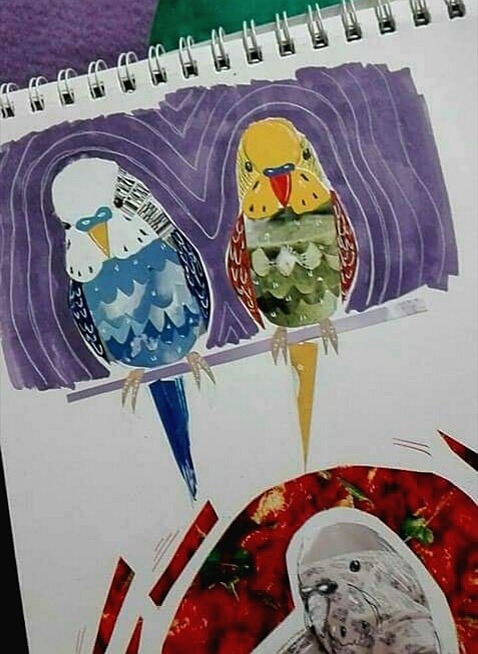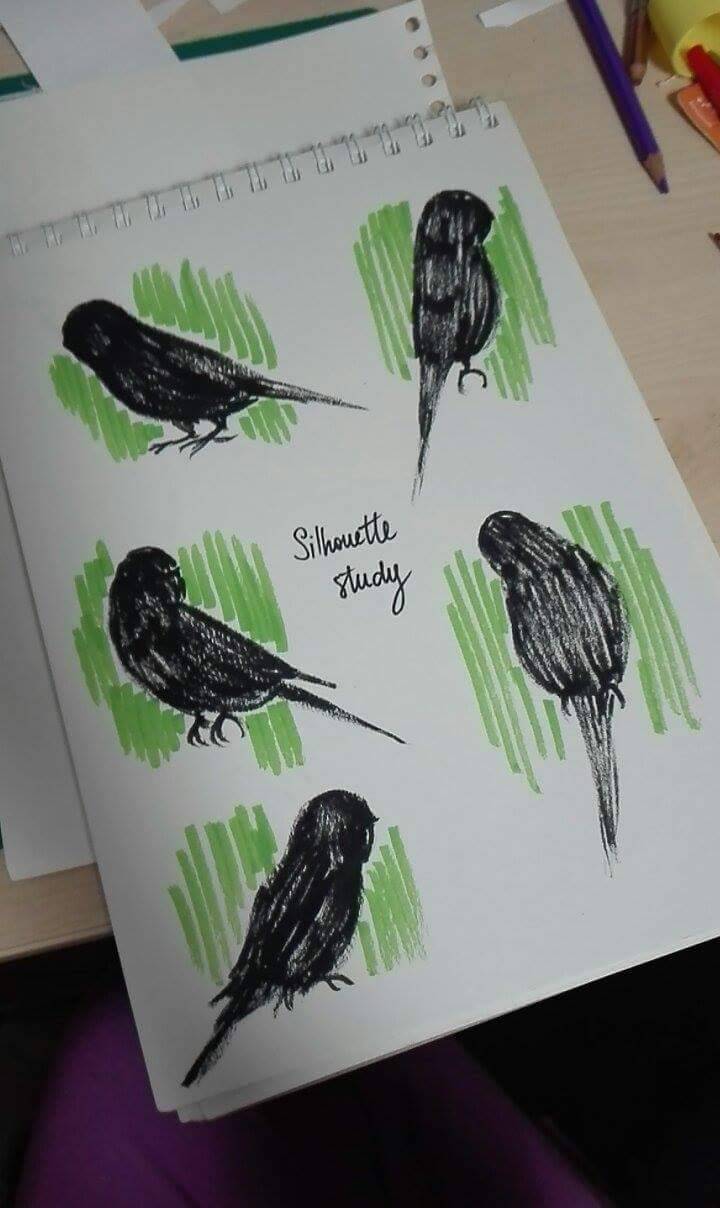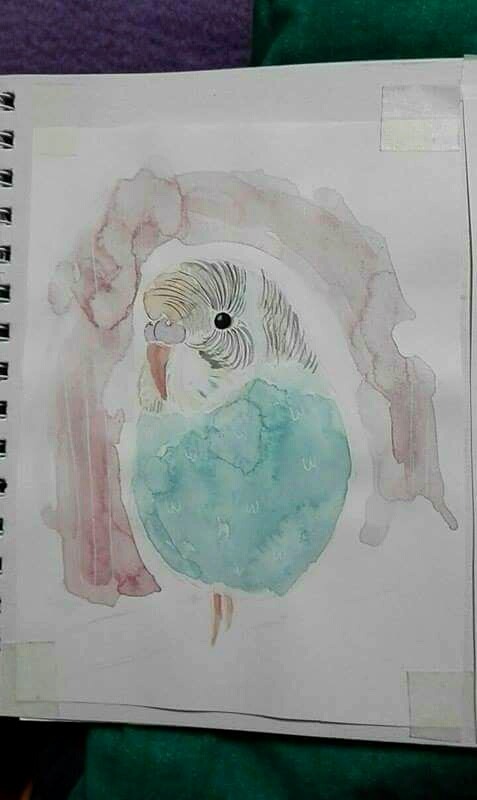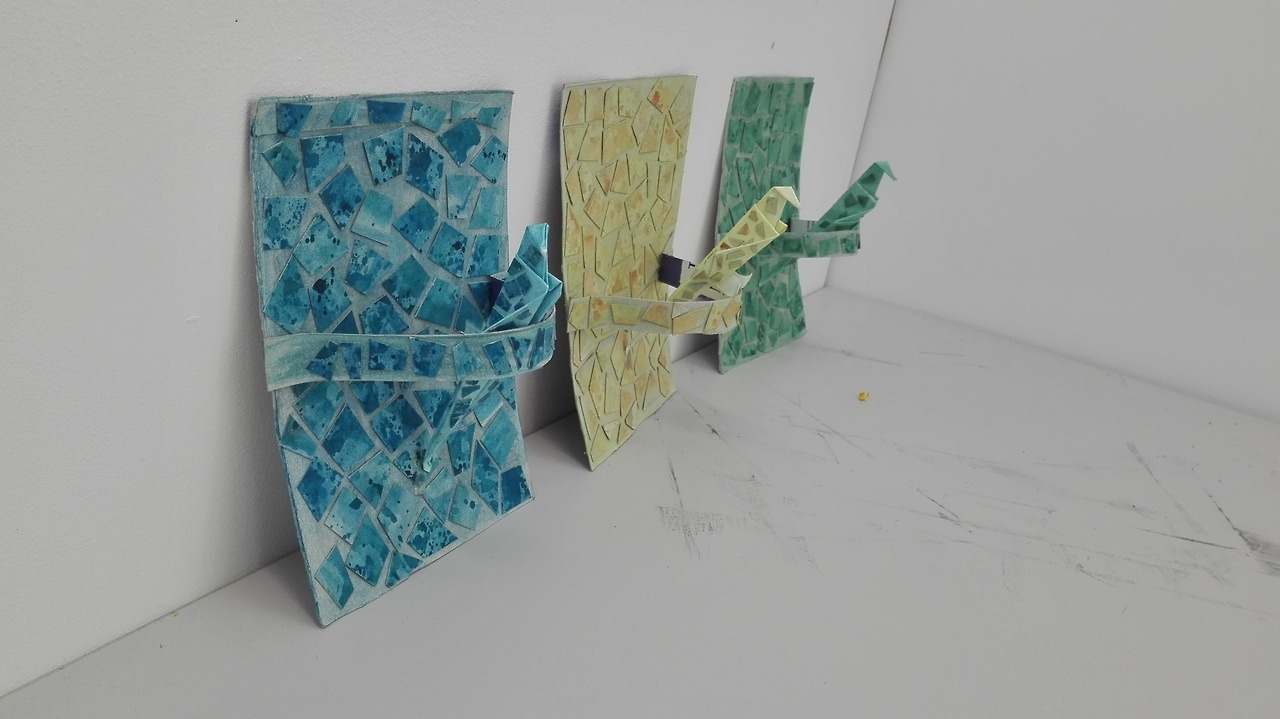
For my Research Methodology project, I decided to focus on the Monitor Lizard or to be more specific the Komodo Dragon. I chose the Komodo Dragon because it is the largest lizard known to man and also because they have the word dragon in their name. Ever since I was little I have liked dragons and legend behind them and how each culture has different depiction of what a dragon is or look like. My research started with looking into the facts about the Komodo Dragon I did this by borrowing books from the library that included the history and biology of reptiles hoping that they had information on the Komodo Dragon or Monitor Lizards. I also used the internet to such for information about the Komodo because it is a lot easier to search for information that way. Upon researching the Komodo I found out they share a similar tongue to a snake and that they also use it the same way. I also found out that Komodos can come in a variety colours such as, blue, orange, green and grey. When I found this out I first thought of the chameleon who can also come in a variety of colours. From this new found information I decided to create some prints based around the characteristics of the Komodo Dragon.

After the second tutorial, I started to look more into the biology of the Komodo, as well as how it moves and what its footprints looks like. Upon research into the biology of the Komodo, I became interested in its skeletal structure and so decided to create an experiment using the foam peanuts that you get from packaging. This is a really easy material to use especially the starch based peanuts because you only have to use water to stick them together. I wanted to carry on using these peanuts because they are easy but I ran out of them and couldn't find a supplier so that I could get more but I think this was a good thing to happen, because even though I thought this outcome was successful, I wanted the final piece show the more robust side of the Komodo Dragon, and through research into other artists I thought of a way that I could create this outcome using metal wire.

Before creating my final I had to plan out what is was going to look like and how I was going to create it using wire. My plan for creating the Komodo was to make a simple wire mesh and to overlay it with a screen printed pattern that resembled the skin of the Komodo. I decided not to do this because of the artist Benedict Radcliffe who creates 3D wire frame models using steel rods. Leaving the wire frame exposed gave his pieces a unique look and so I wanted to recreate this using my own method, and that method involved buying a lot of paperclips and unfolding them that they were straight. since I couldn't use welds to attach the paperclips together, I used a soft wire so that I could wrap it around two paperclips, joining them together. I felt that using nothing but metal and wire, you would get the feeling of a robust industrial look. Below is what the final wire frame Komodo Dragon looks like; there was no other materials used except paperclips and galvanized wire.


































